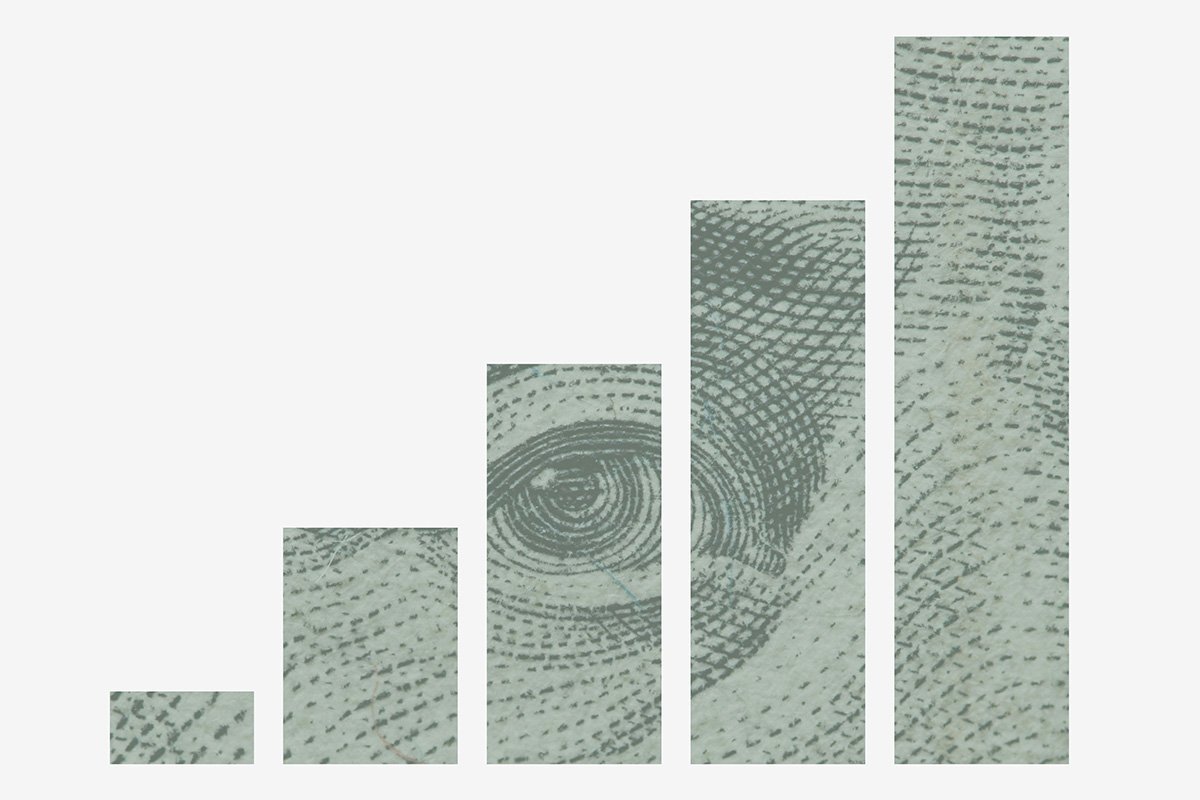
October 30, 2017; New Yorker
While the Sackler family may not have the wealth or visibility of a Gates or Zuckerberg, with assets of $13 billion, the nation’s 19th wealthiest family is an important player in philanthropy. Especially within the art world, the Sackler influence is hard to miss. Less visible, however, explains Patrick Radden Keefe in the New Yorker, is the role of the Sackler family business in promoting OxyContin, a drug that has led to the death of nearly 200,000 Americans.
“I don’t know how many rooms in different parts of the world I’ve given talks in that were named after the Sacklers,” Allen Frances, the former chair of psychiatry at Duke University School of Medicine, told [Keefe]. “Their name has been pushed forward as the epitome of good works and of the fruits of the capitalist system. But, when it comes down to it, they’ve earned this fortune at the expense of millions of people who are addicted. It’s shocking how they have gotten away with it.”
The Sackler name can be found in many art museums. There is the Sackler Gallery, a Smithsonian museum in Washington, D.C. There is a Sackler wing at the Metropolitan Museum of Art in New York City. Additionally, Keefe ticks off “the Sackler Museum, at Harvard; the Sackler Center for Arts Education, at the Guggenheim; the Sackler Wing at the Louvre; and Sackler institutes and facilities at Columbia, Oxford, and a dozen other universities.”
But where does the Sackler money come from? Last year, Forbes estimated that profits from the family-owned Purdue Pharma and associated foreign drug companies totaled $700 million a year on $4.5 billion of revenues. According to Keefe, whose profile is titled “The Family That Built an Empire of Pain,” OxyContin has been a leading source for these profits. Since 1995, Keefe estimates that the company has generated $35 billion in revenue from the drug.
Here, it is important to underscore the extent of the nation’s opioid crisis. This past summer, a New York Times article titled “Drug Deaths in America Are Rising Faster Than Ever” noted that drug overdose deaths in 2016 topped 59,000. As the Times points out, this is more than the number who died in 1995 at the peak of the HIV-AIDS epidemic. It is also more than have ever died in a year from auto crashes or gun wounds. And 59,000 is a lowball estimate; the Centers for Disease Control (CDC) is expected to release its official count in December. For 2015, the CDC reports 52,404 deaths from drug overdoses—three times as many as 15 years earlier.
Not all of these deaths are opioid-related, but a majority are. The precise CDC estimate for 2015 is 33,091, or 63.1 percent of all drug overdose deaths. Prescription opiates are about half of these, but many people who became addicted on prescription drugs cross over to heroin and other synthetic opiates. Indeed, health specialists estimate that four out of five people who try heroin today started with prescription painkillers.
Sign up for our free newsletters
Subscribe to NPQ's newsletters to have our top stories delivered directly to your inbox.
By signing up, you agree to our privacy policy and terms of use, and to receive messages from NPQ and our partners.
Between 1999 and 2015, according to the CDC, “183,000 people have died in the US from overdoses related to prescription opioids.” And the American Society of Addiction Medicine estimates that two million Americans in 2015 were living with addictions to prescription opiates and another 591,000 to heroin.
Earlier this month, we profiled a report by Grantmakers in Health that examined “best practices that could provide models for successful interventions at the local, regional, or national level.” In the article, NPQ’s Karen Kahn writes, “The opioid crisis is in many ways the outcome of healthcare providers trying to do something good: reduce acute and chronic pain. When they first started prescribing these new medications, there was little understanding of the risks involved.”
For the doctors in the field, this is true. But as Keefe details, this was largely due to a sophisticated misleading advertising campaign conducted by Purdue Pharma. As Keefe explains:
- Purdue-financed studies talked “about the problem of untreated chronic pain—and the wisdom of using opioids to treat it.” Moreover, “the marketing of OxyContin relied on an empirical circularity: the company convinced doctors of the drug’s safety with literature that had been produced by doctors who were paid, or funded, by the company.”
- “Purdue had a speakers’ bureau, and it paid several thousand clinicians to attend medical conferences and deliver presentations about the merits of the drug.”
- Purdue instructed sales representatives to assure doctors that “fewer than one percent” of patients who took OxyContin became addicted, even though a Purdue-funded study of patients who used OxyContin for headaches found that the addiction rate was 13 percent.
- In 2006, “the company pleaded guilty, in a federal case filed in Virginia, to criminal charges of misbranding, and acknowledged that Purdue had marketed OxyContin ‘with the intent to defraud or mislead.’” The company was fined $600 million, while executives collectively paid fines just shy of $35 million, an outcome that former senator Arlen Specter (R-PA) called “expensive licenses for criminal misconduct.”
Andrew Kolodny, co-director of the Opioid Policy Research Collaborative at Brandeis University, states in the article that Purdue bears the “lion’s share” of responsibility for the nation’s current opioid epidemic. Keith Humphreys, a Stanford professor who served as an Obama drug-policy adviser, observes that “so many well-meaning doctors got co-opted. The level of influence is just mind-boggling. Purdue gave money to continuing medical education, to state medical boards, to faux grassroots organizations.”
One can debate, certainly, how much the Sackler family as owners knew. Keefe himself acknowledges that the Sacklers could choose to take the tack of “apologizing for their role in unleashing a national catastrophe” while saying they didn’t know the drug was unsafe at the time. Rather than funding buildings that are named after them, Frances suggests that “A truly philanthropic family, looking at the last twenty years, would say, ‘You know, there’s several million Americans who are addicted, directly or indirectly, because of us.’…If the Sacklers wanted to clear their name, they could take a very substantial fraction of that fortune and create a mechanism for providing free treatment for everyone who’s become addicted.” Keefe notes that the Rockefeller heirs have supported renewable energy in part to make amends for the family’s history of earning its wealth through oil.
Then, there is the recipient part of the equation. Two years ago, Keefe notes, Yale announced it would rename a residential college that was named after John C. Calhoun because of his ardent promotion of slavery. Yale also has a science building named after Raymond and Beverly Sackler. Should Yale rename this building as well? What about all of the other institutions that have Sackler buildings?
The answers are not easy, but the questions are hard to avoid. Surely the philanthropic world will be dealing with the ramifications of this sordid tale for a long time to come.—Steve Dubb










